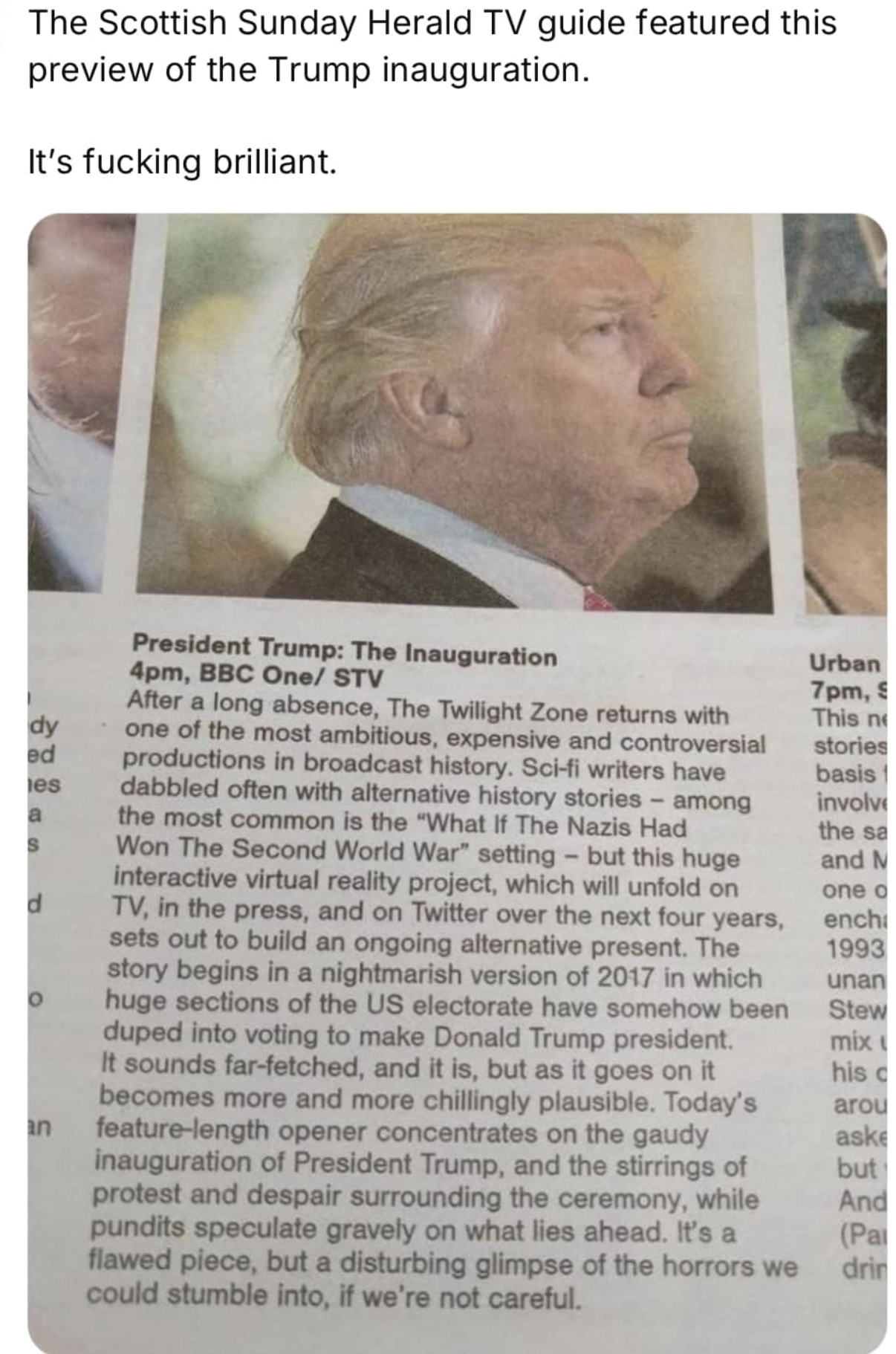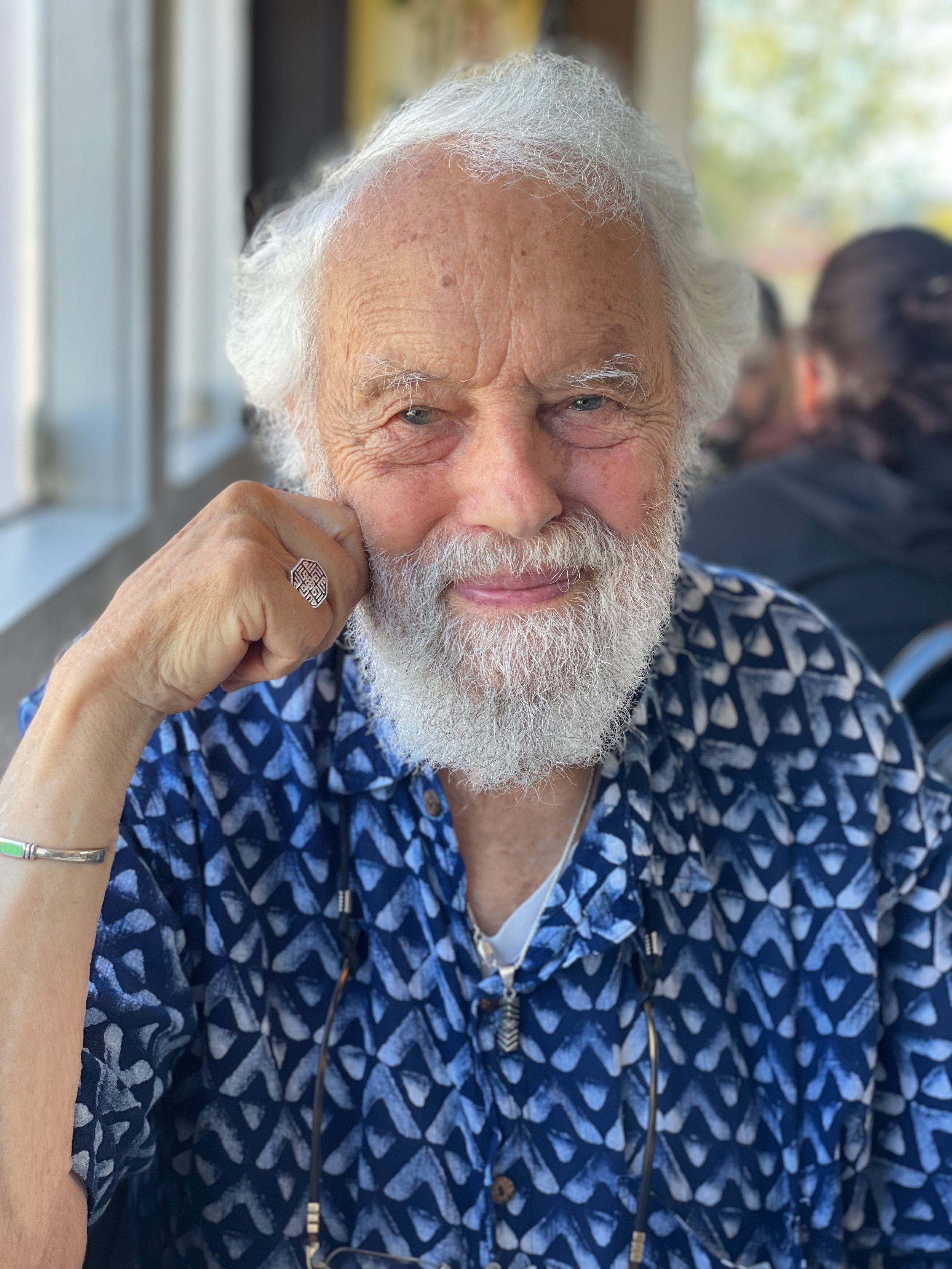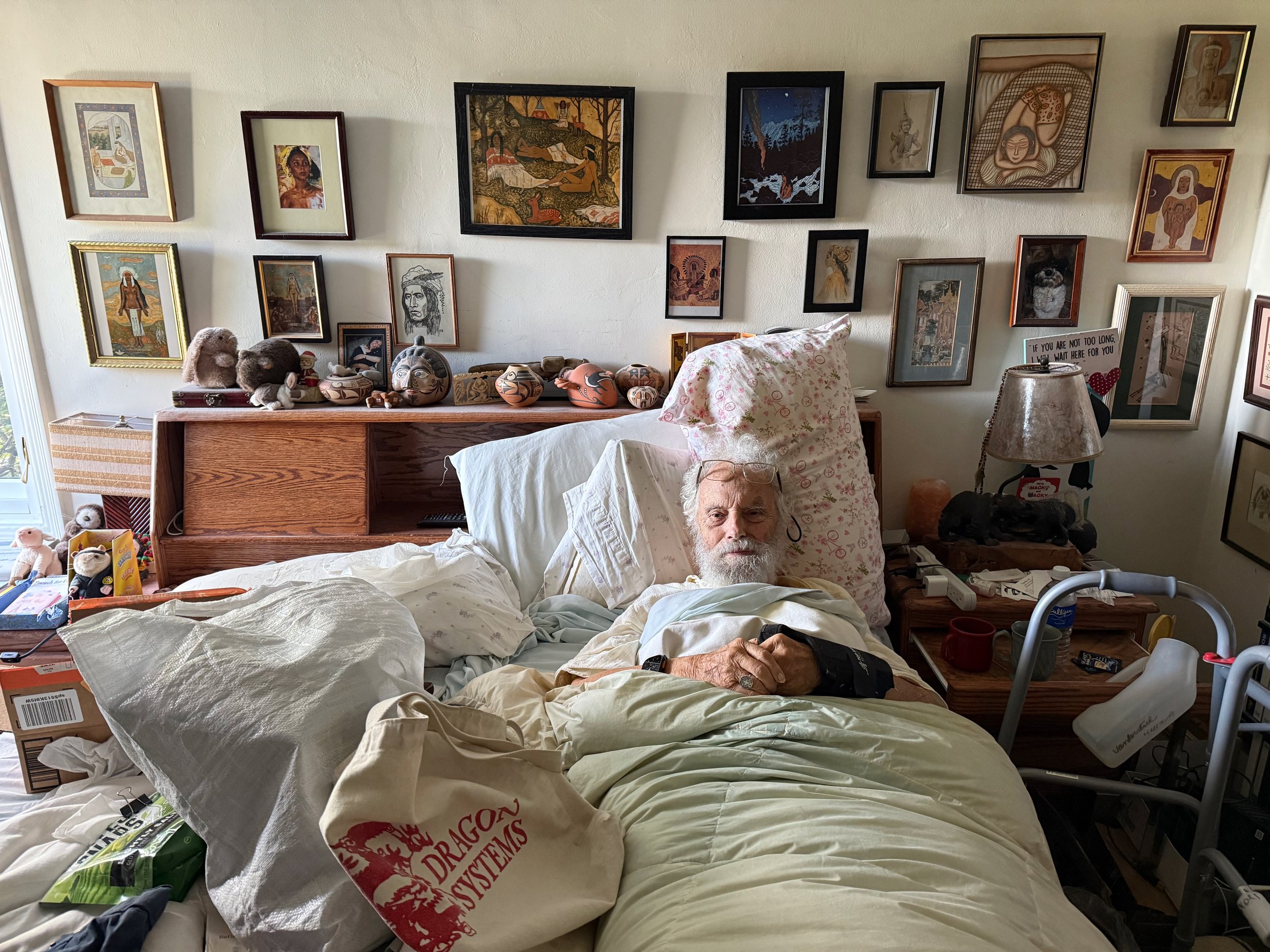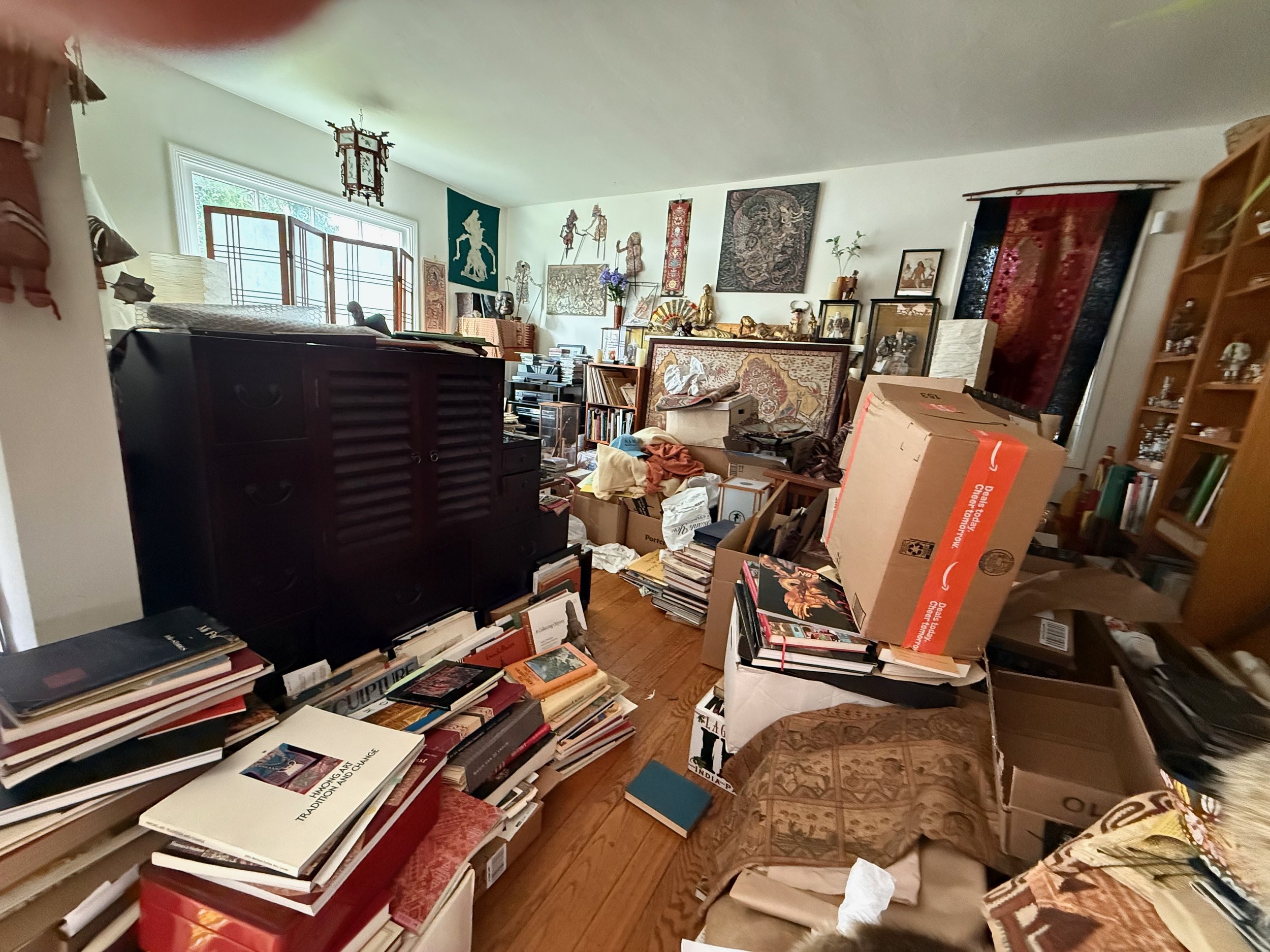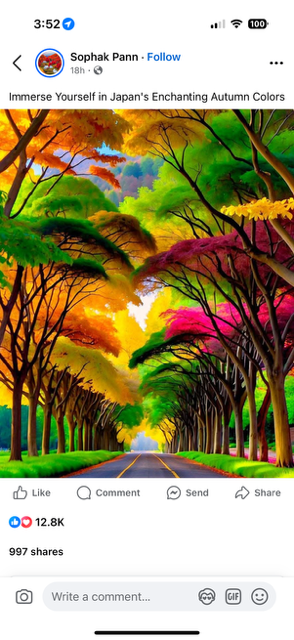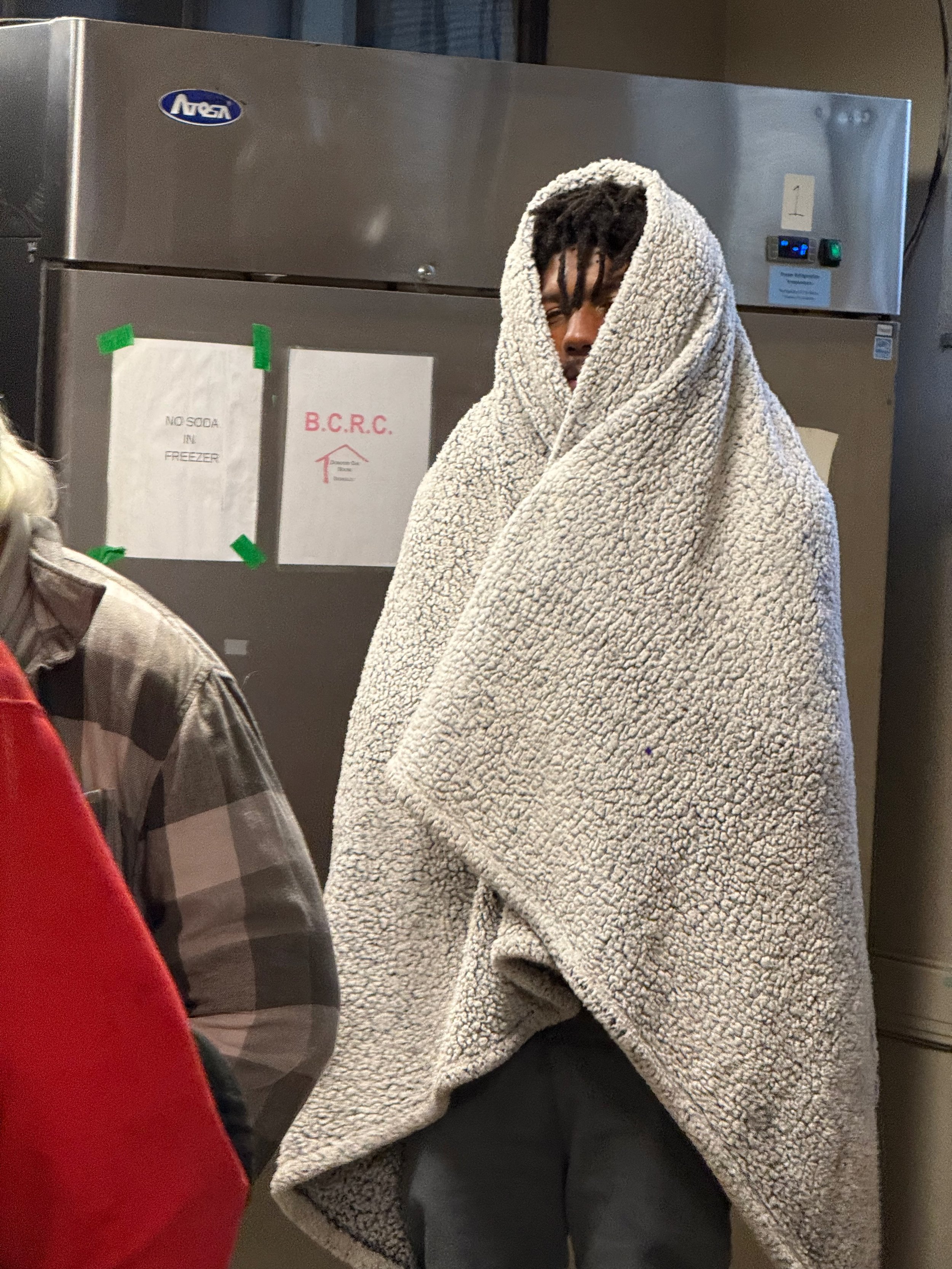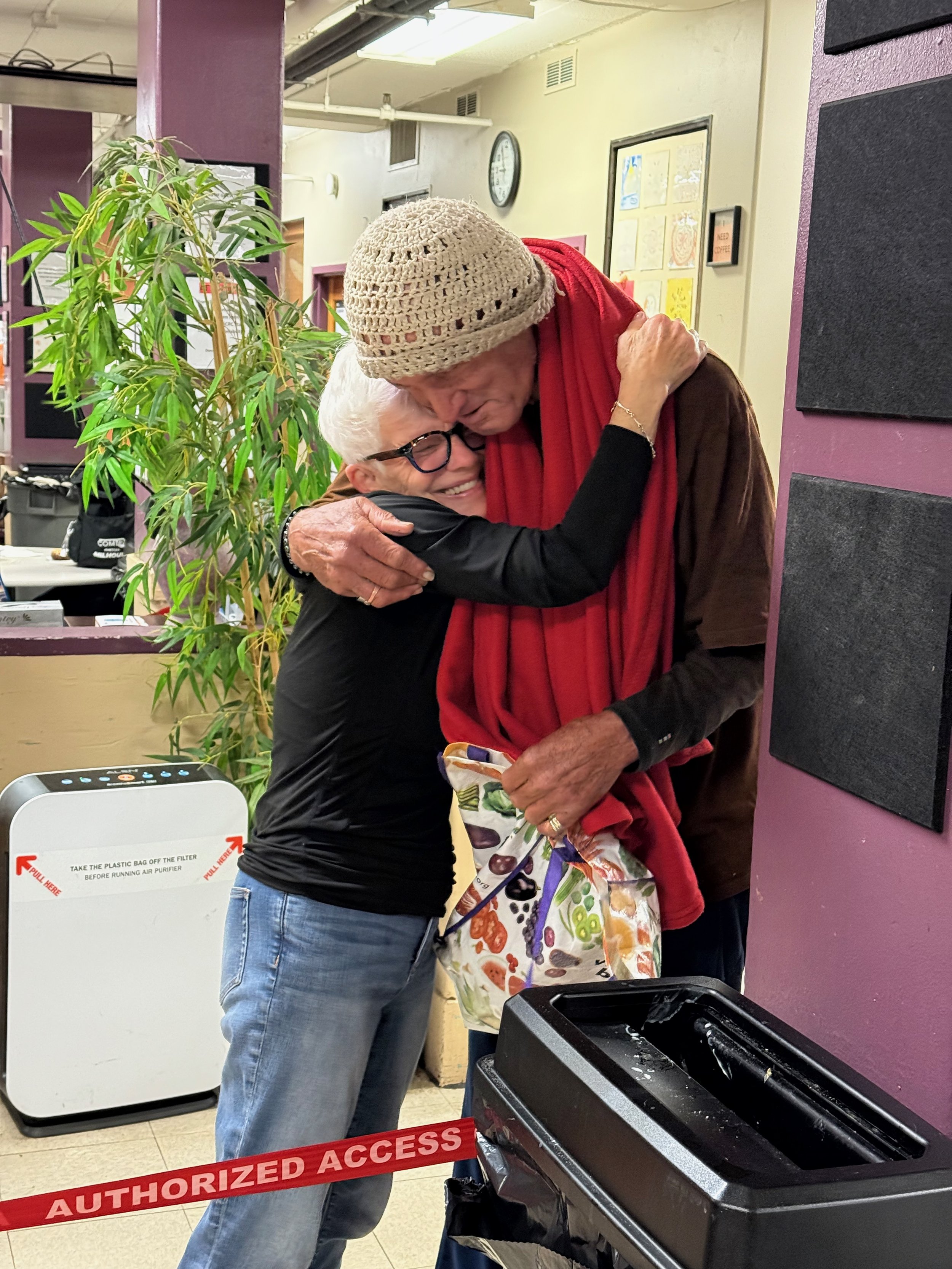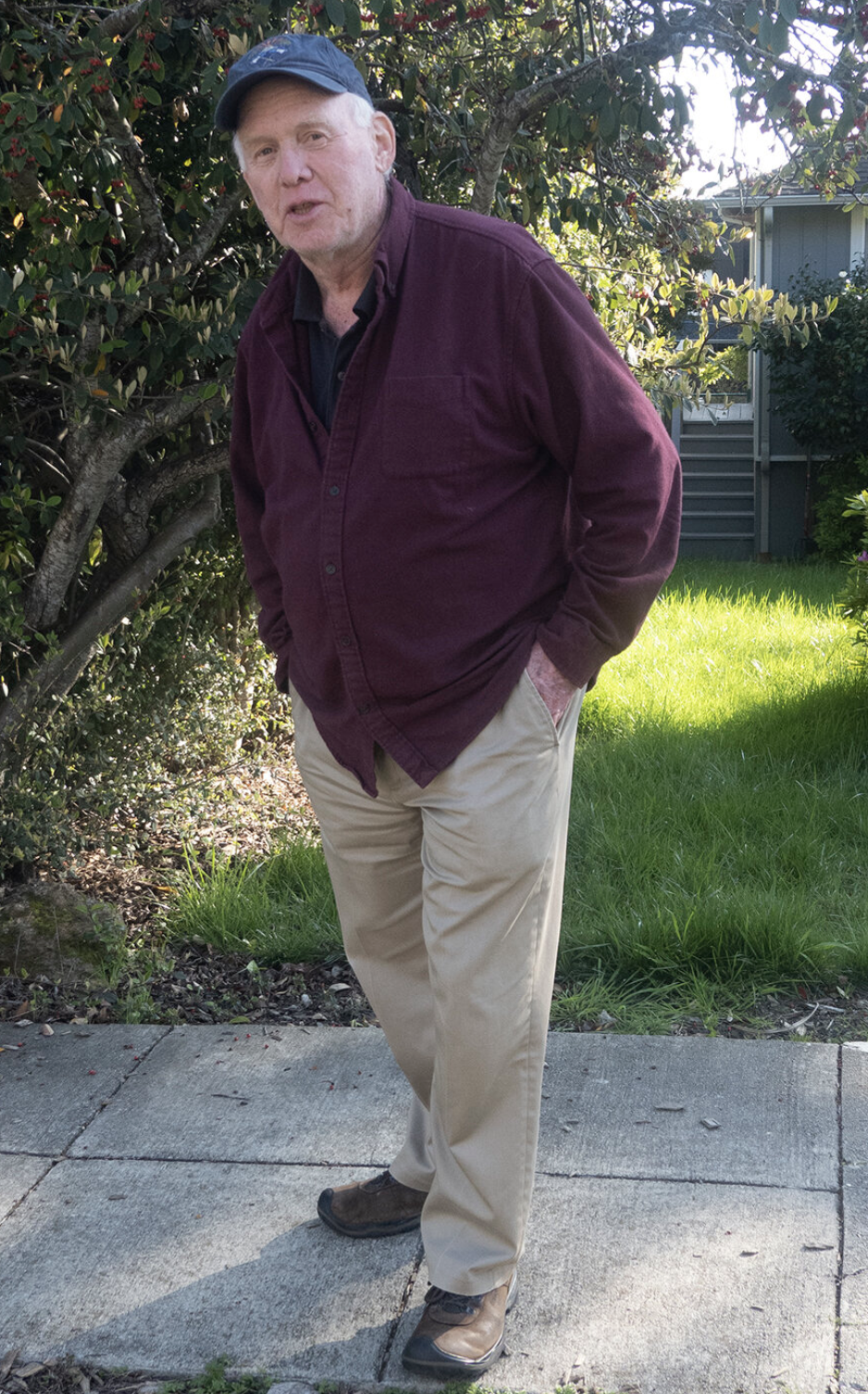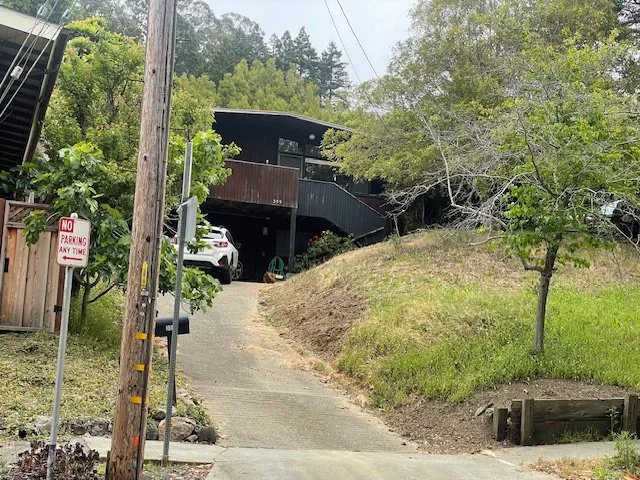Not watching anything. It’s Martin Luther King Day, too, a national holiday, one far more consequential than the one going on in the frigid Washington D.C. area. I posted this on Facebook yesterday with the following text:
A portrait photographer would never take a photograph by lowering his main light. That lighting only works on Halloween, or in this case, when you want to look sinister or threatening. Hold a flashlight under your chin in the dark and look in the mirror. One of the reasons portrait photographers raise their lights above their subject's head is very simple—that's the way the natural world works. The sun is above us. Lights are, too. Deviating from that is unfamiliar to our eyes. It is unnatural. When using artificial lights we modify them by having the point source aimed into an umbrella, effectively broadening the source and making it softer. Moving it closer to the face also softens it. These are all basic tricks of the trade. Trump’s photographer didn’t do that. Many of the comments about the portrait focus on his expression. Lighting is given short shrift. That's a mistake. The photographer asked Trump how he wanted to look in the official portrait, and the collaboration between the two gave us what we see.
Scary. Fear, those are the words for the next four years. The photo mirrors his words.
Trump attended a service at the Washington Cathedral on this day. Bishop Budde’s homily:
“Let me make one final plea, Mr. President. Millions have put their trust in you and, as you told the nation yesterday, you have felt the providential hand of a loving God. In the name of our God, I ask you to have mercy upon the people in our country who are scared now. There are gay, lesbian and transgender children in Democratic, Republican, and Independent families, some who fear for their lives. The people who pick our crops and clean our office buildings; who labor in poultry farms and meat packing plants; who wash the dishes after we eat in restaurants and work the night shifts in hospitals. They…may not be citizens or have the proper documentation. But the vast majority of immigrants are not criminals. They pay taxes and are good neighbors. They are faithful members of our churches and mosques, synagogues, gurudwaras and temples. I ask you to have mercy, Mr. President, on those in our communities whose children fear that their parents will be taken away. And that you help those who are fleeing war zones and persecution in their own lands to find compassion and welcome here. Our God teaches us that we are to be merciful to the stranger, for we were all once strangers in this land. May God grant us the strength and courage to honor the dignity of every human being, to speak the truth to one another in love and walk humbly with each other and our God for the good of all people. Good of all people in this nation and the world. Amen”
The predictable response…
And Scotland responds to the Goings-On last Monday in the good ol’ USA.
Not “the horrors we could stumble into” at all. They’re already here.


